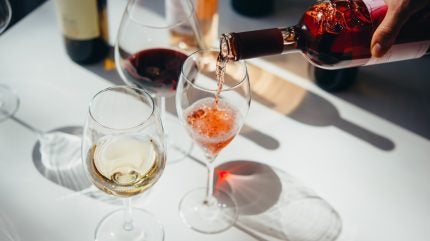
Premiumisation is regularly cited as one saving grace for the wine trade amid depressing global sales-volume figures.
Is premiumisation the silver bullet wine needs for growth, or are too many pinning their hopes on the trend?

Premiumisation is regularly cited as one saving grace for the wine trade amid depressing global sales-volume figures.